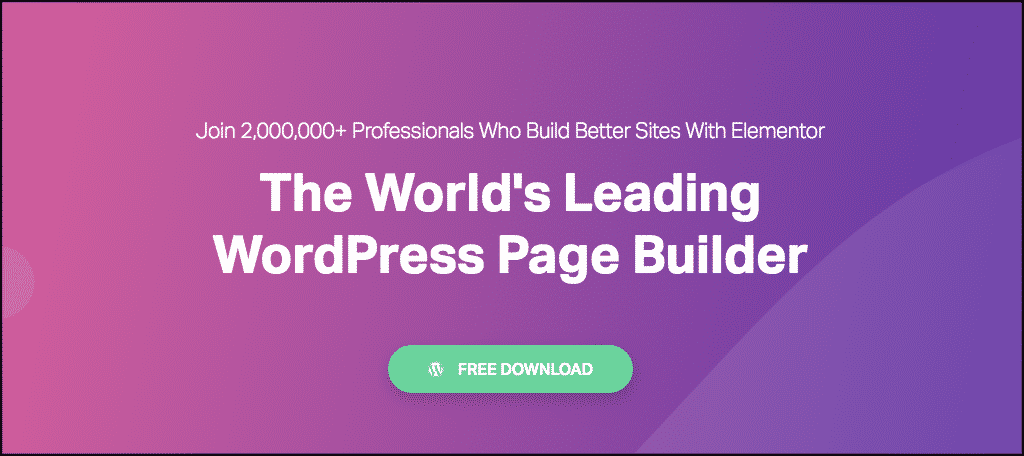The Elementor WordPress page builder comes loaded with a ton of different settings. Whether you have the free version of the plugin or the pro version of the plugin, Elementor provides you with so many settings options you may get a little lost.
Elementor Settings
Here is a list of Elementor settings and what they mean.

General
- Post Types: Choose where Elementor can be used
- Disable Default Colors: Choose whether to use your theme’s color settings or let Elementor control it.
- Disable Default Fonts: Choose whether to use your theme’s typography settings or let Elementor control it.
- Improve Elementor > Usage Data Tracking: By enabling this, you will help us learn about the way you are using Elementor and help us improve.
Style
- Default Generic Fonts: Choose a default fallback font.
- Content Width: Set a default width for your content area.
- Space Between Widgets: Set the space between widgets.
- Stretched Section Fit To: Choose the parent element to which stretched elements will fit.
- Page Title Selector: If you want to hide your page title, enter its CSS selector here.
- Tablet Breakpoint: Set the breakpoint between desktop and tablet devices. Below this breakpoint, tablet layout will appear (Default: 1025px).
- Mobile Breakpoint: Set the breakpoint between tablet and mobile devices. Below this breakpoint, mobile layout will appear (Default: 768px).
- Image Lightbox: Check to open all image links that have set Media File as the “link to” in a lightbox popup window.
Integrations
The Integrations settings allow you to optionally connect Elementor with 3rd-party APIs as needed.
- reCAPTCHA: reCAPTCHA is a free service by Google that protects your website from spam and abuse. Paste your reCAPTCHA Site Key and Secret Key here.
- donReach: donReach is a service that has been integrated into the Share Buttons widget, and finds how many times a URL has been shared on different social networks. Enter your API key and API host here.
- Facebook SDK: Facebook SDK lets you connect to your dedicated application so you can track the Facebook Widgets analytics on your site. Enter your APP ID here.
- Mailchimp: Enter your API Key and then click the Validate API Key button to integrate Mailchimp with Elementor’s Form widget.
- Drip: Enter your API Token and then click the Validate API Token button to integrate Drip with Elementor’s Form widget.
- ActiveCampaign: Enter your API Key and API URL and then click the Validate API Key button to integrate ActiveCampaign with Elementor’s Form widget.
- GetResponse: Enter your API Key and then click the Validate API Key button to integrate GetResponse with Elementor’s Form widget.
- ConvertKit: Enter your API Key and then click the Validate API Key button to integrate ConvertKit with Elementor’s Form widget.
- TypeKit: Integrates TypeKit’s thousands of fonts into Elementor. Enter your TypeKit Kit ID and then click the Get Kit button.
Advanced
- CSS Print Method: Choose if your CSS will be included as an independent stylesheet (recommended) or on each page.
- Switch Editor Loader Method: In cases of server configuration conflicts, enable this option*
- Editing Handles: Show or hide editing handles when hovering over the element’s edit button.
*Note: Switch Editor Loader Method is useful in solving the “err_content_decoding_failed” and err_empty_response” issues that sometimes occur. Enabling this option helps users running sites on servers with low resources which have difficulty reading long JSON code. When enabled, the tool splits the lines so that these servers can read the JSON code without issues. Switching to this method won’t negatively affect performance. Instead, it will likely improve performance. This tool can also be useful sometimes in solving the white screen of death.
